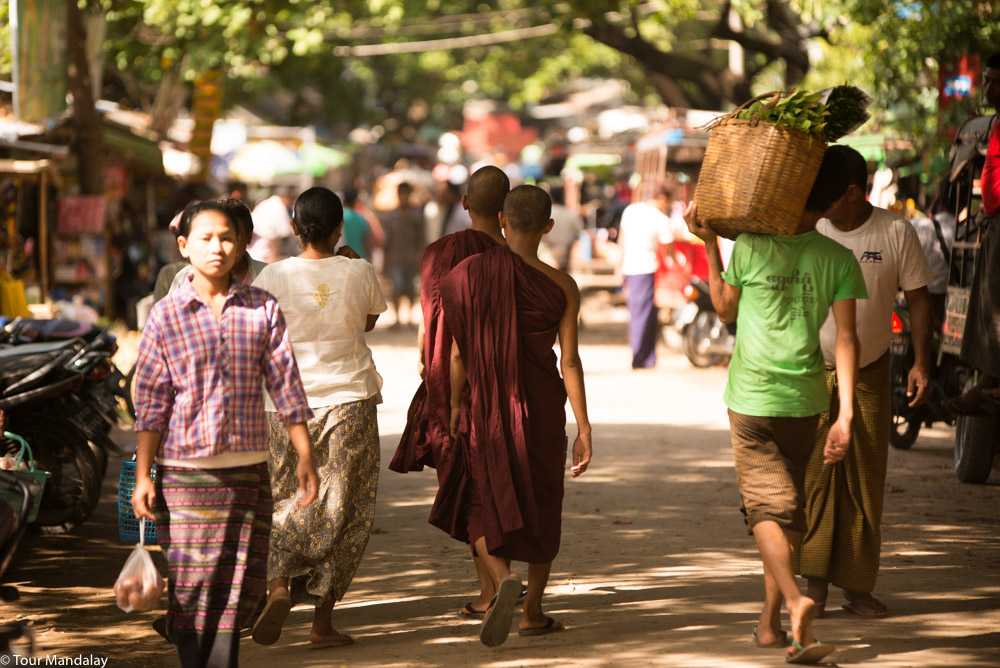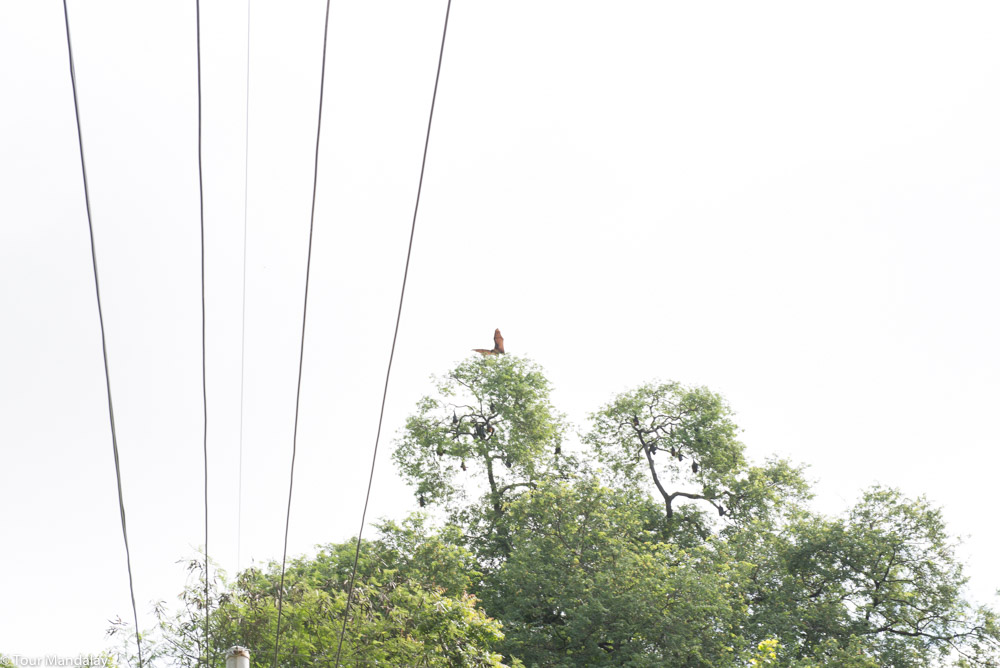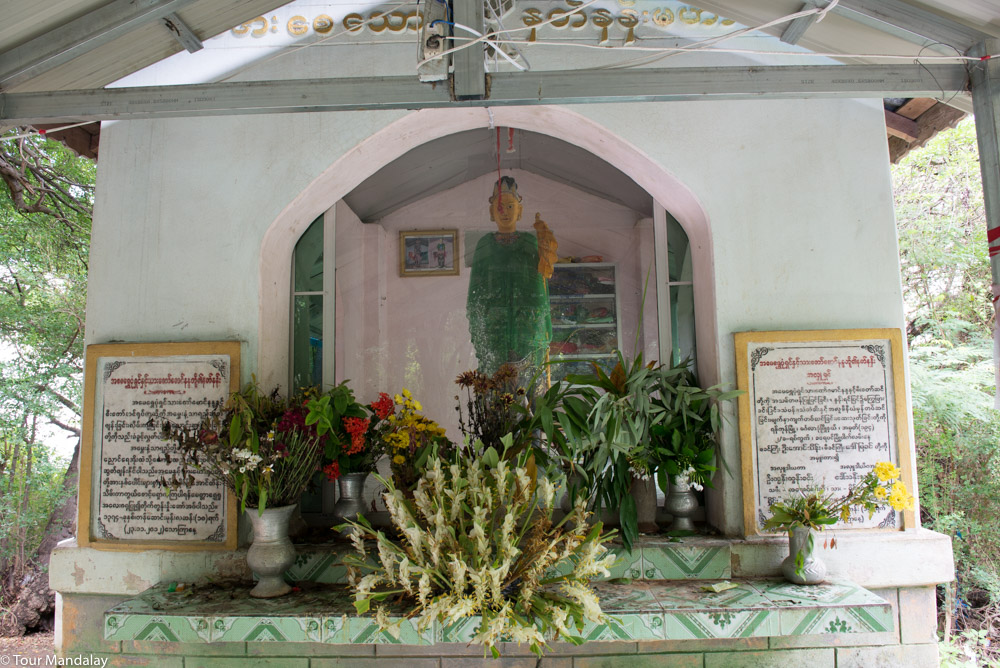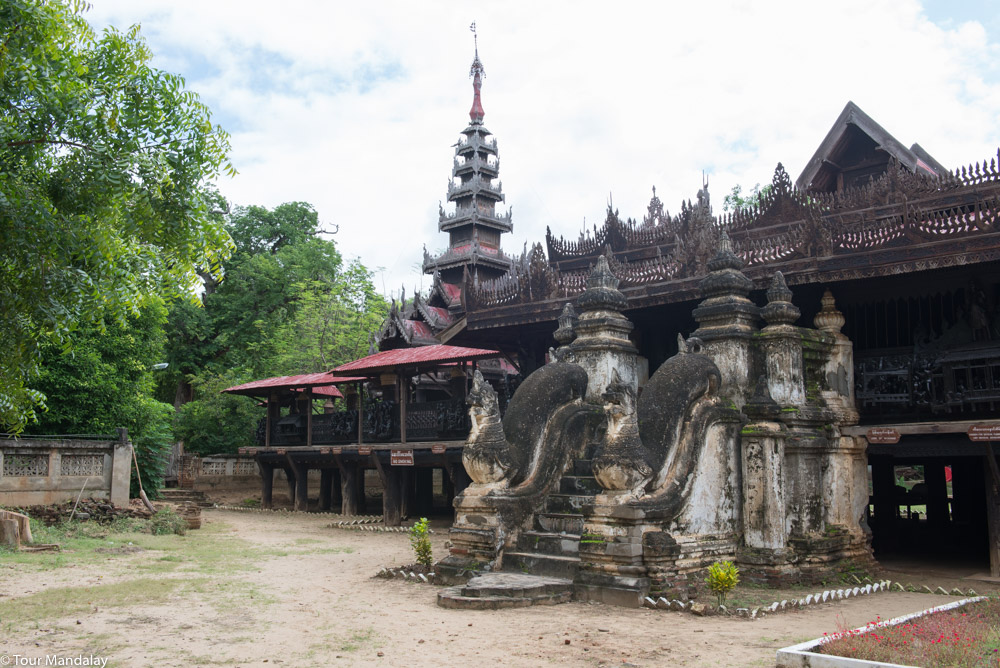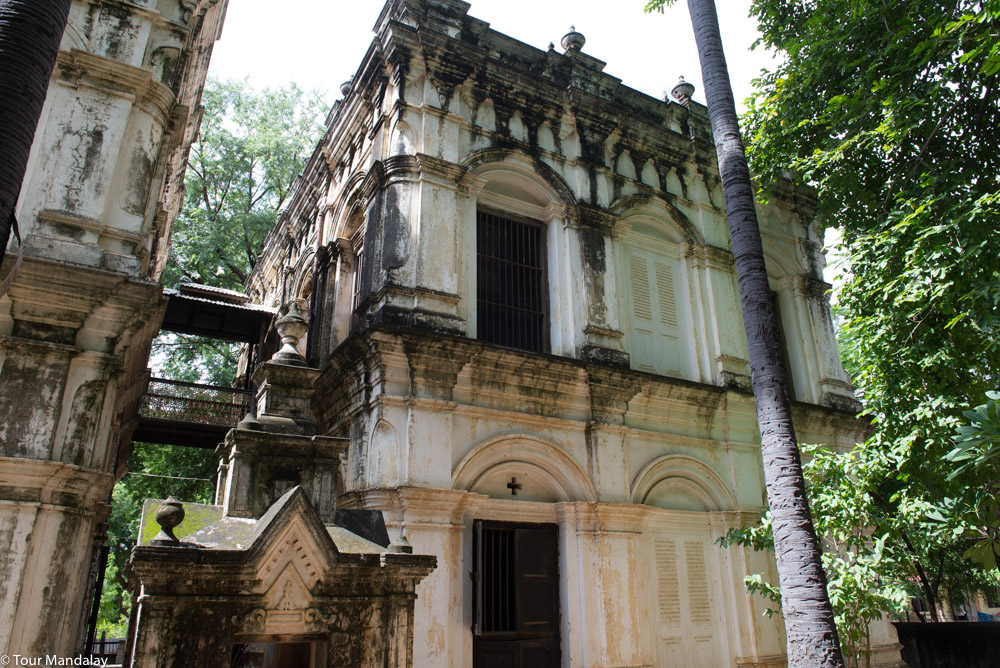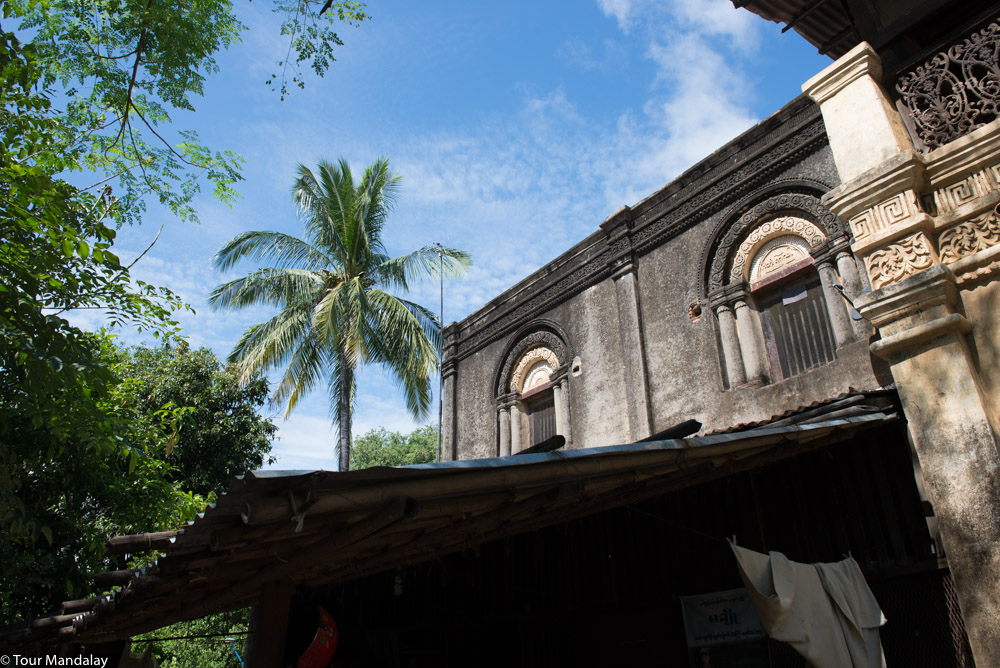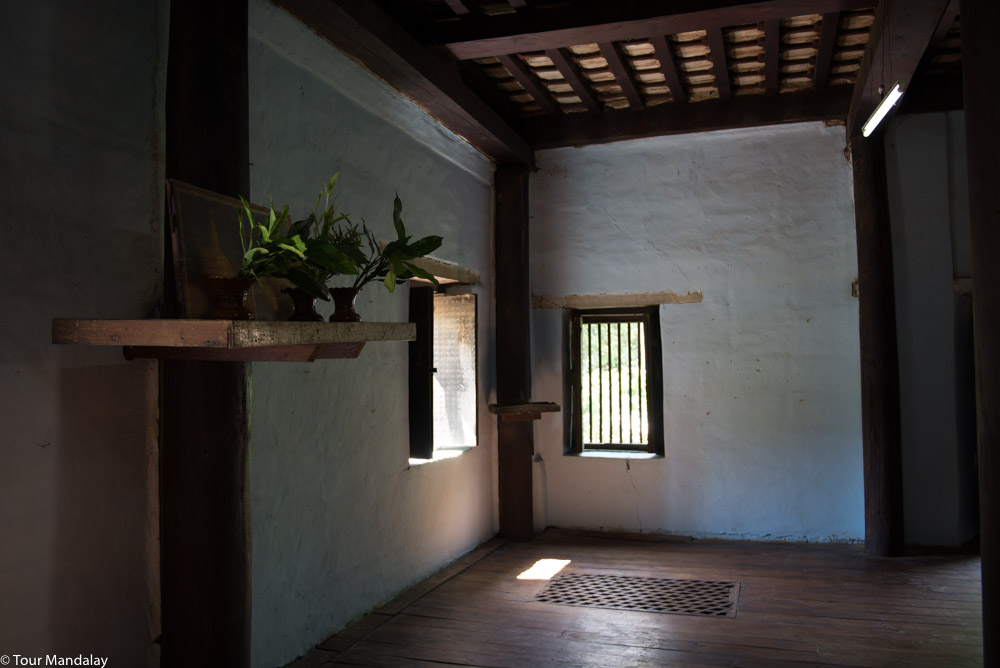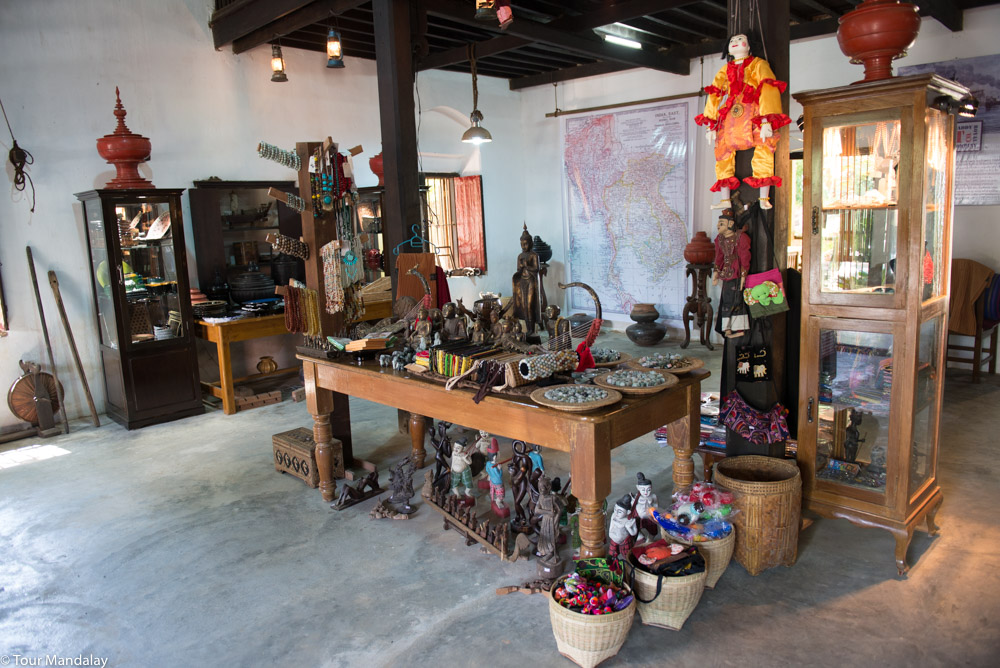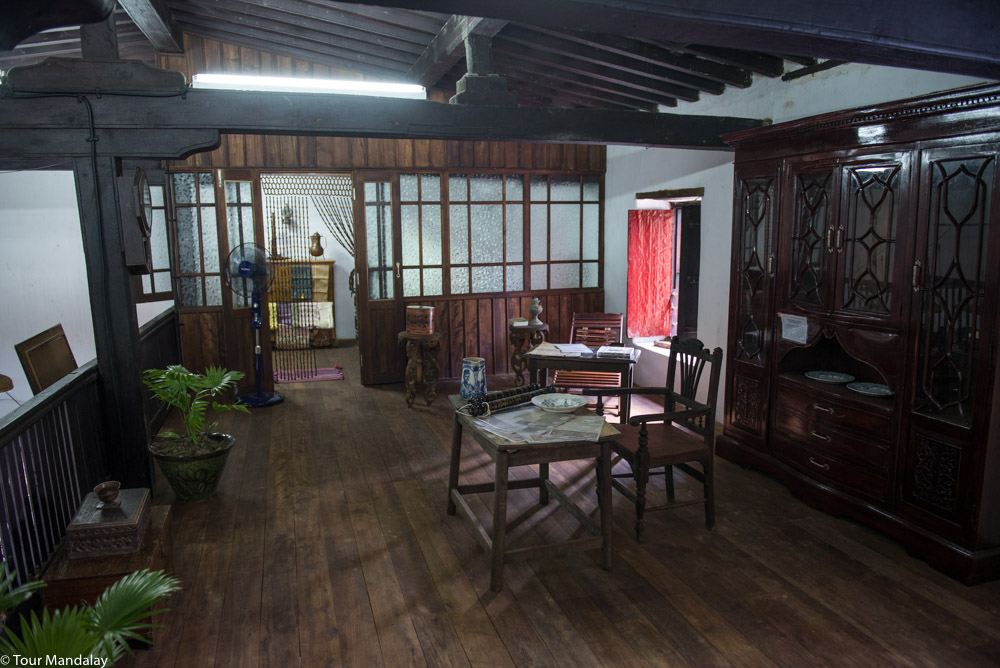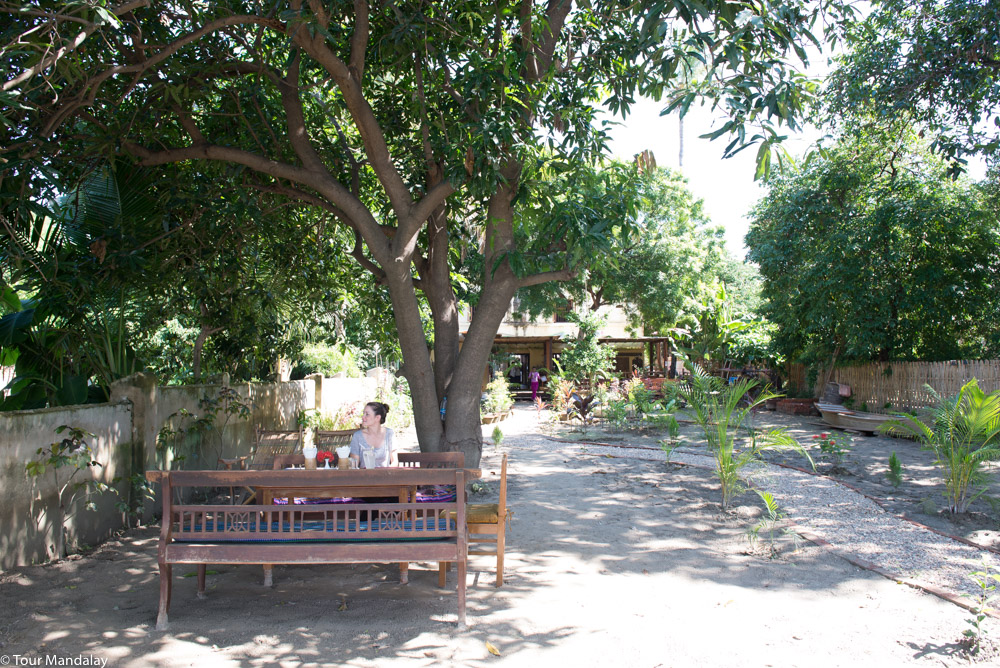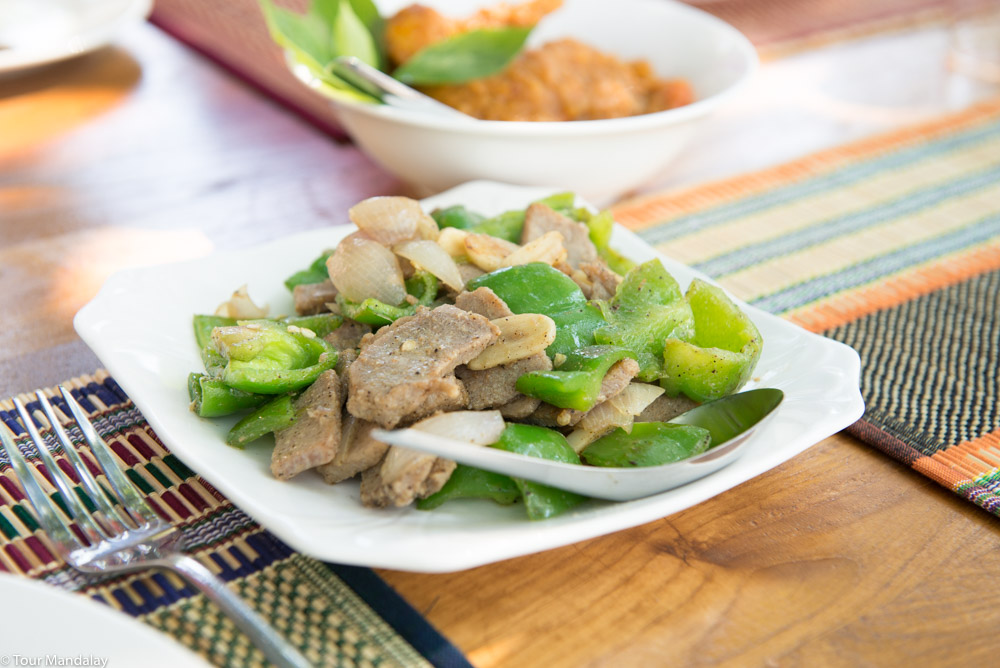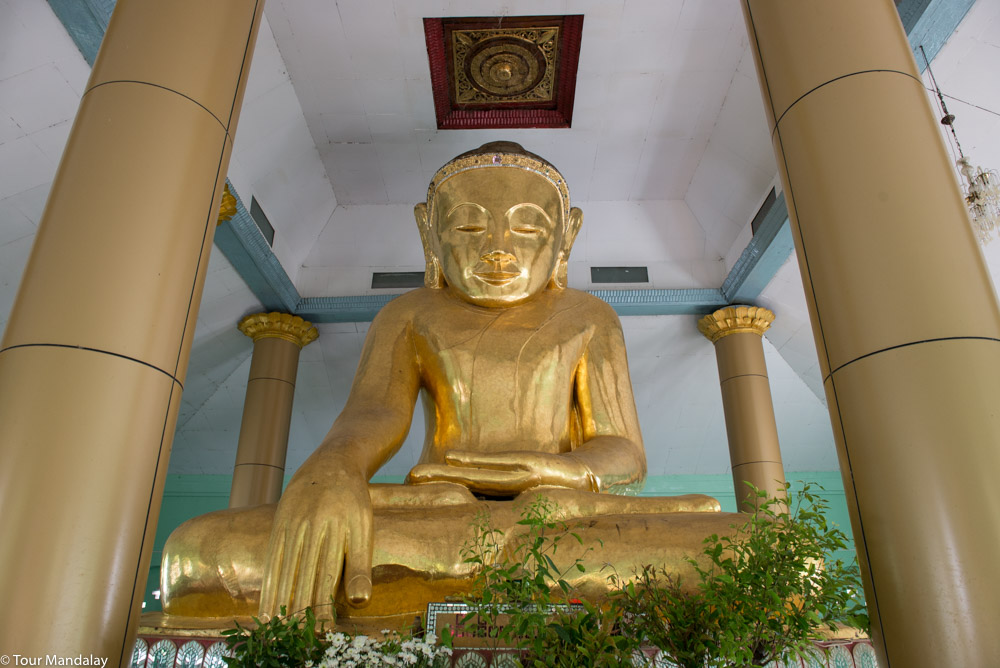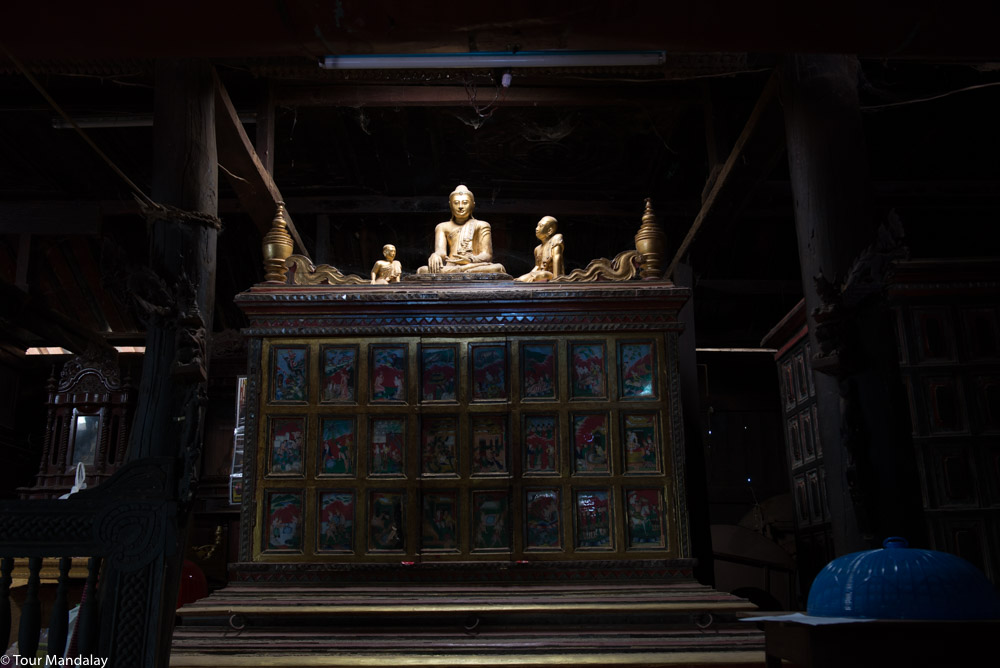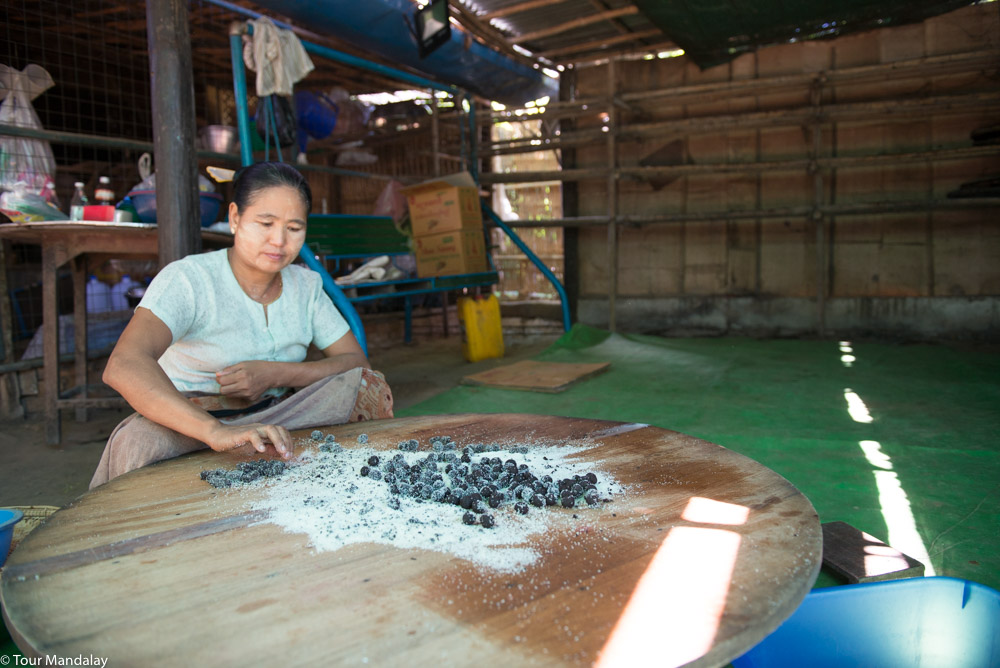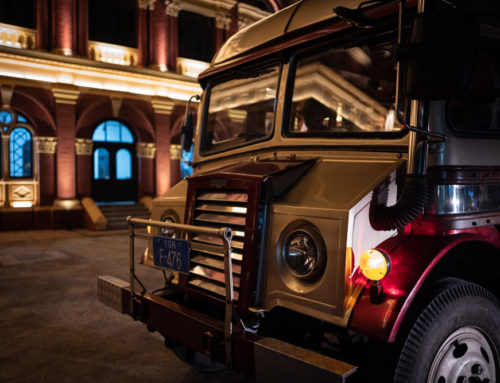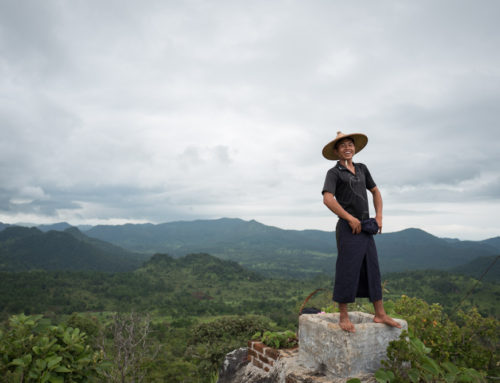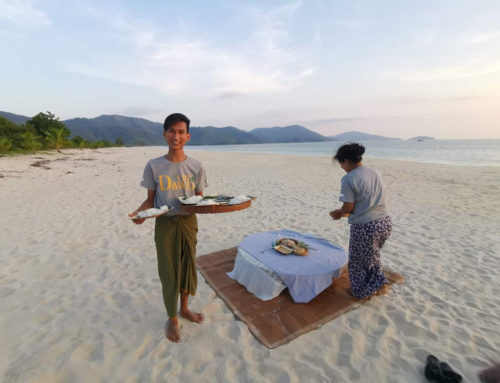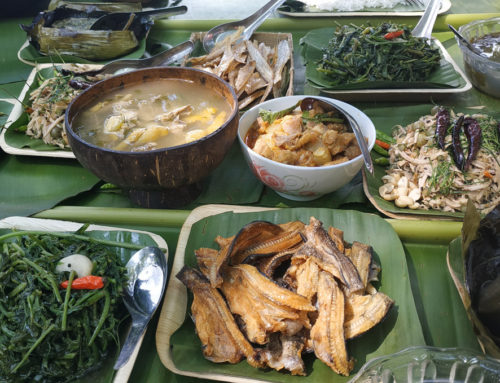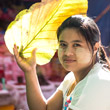Salay House, a restored two-storey colonial property has recently opened its doors in the ancient, monastic town of Salay. Doubling, or should we say trebling up as a gift shop, museum and restaurant, this mixed use colonial gem will surely help to boost the appeal of a day trip to this rarely frequented part of the country.
With tourist numbers to Bagan increasing year on year, and with little you can do to avoid the crowds associated with this, day trips outside the ancient capital are going to become increasingly desirable. In term of “core Myanmar” exploration, it is also one of the best things we’ve done to date and here is a review of the highlights.
Without stops, the drive from Bagan to Salay will take approximately 1.5 hours. There is however plenty to see along the way, so the journey there is likely to take double that if not longer. Our first stop was Nyaung Hla village, or ‘Beautiful Banyan’ in Myanmar language. The main attraction here are the thousands of fruit bats that emit high pitched squeaking sounds from the top of the tall 200-year old tamarind trees. A rare find indeed and the spectacle will surely delight any budding photo enthusiasts.
At the end of the village, just by the riverbank, is the little-known nat shrine of Shwe Pone Shin, which serves as an important place of worship for the village residents. Speaking of whom, they had clearly been alerted that some outsiders were passing through as many came to the entrance of their homes to greet us as we walked by. If it wasn’t for the fact we were on a tight schedule, we could have quite easily spent many hours here.
It was then a short drive to the market town of Chauk, which if you’re not familiar with already, is home to one of the best market experiences in the country. We realise there’s a lot to choose from and you need to be mindful of market overload, but the feeling here is very different. In some parts, you could easily be fooled into thinking you’d hopped into a time machine and travelled back 500-years.
After you’ve finished weaving in and out of the market’s narrow alleyways, it’s then a 20-30 minute drive to Salay. For many, the main attraction here is the Yoke-Sone-Kyaung, a impressive teak monastery famous for the intricate wood carvings that adorn its exterior. Inside you’ll find a selection of rare antique Buddhist artefacts, the likes of which are hard to find anywhere else in the country. Please note that the monastery is closed in Mondays.
Equally as interesting is the 19th century colonial-style building that neighbours Yoke-Sone-Kyaung, which is now used by the present day monks as sleeping quarters. Although it’s not possible to go inside, the style is unlike anything you will find in Yangon or Moulmein. Interestingly, this was built by the daughter of an influential Burmese merchant named U Pyo Gyi, a man that evidently had his fingers in many pies. In fact, it was U Pyo Gyi that made the formal request to King Thibaw to build Yoke-Sone-Kyaung, whom after accepting, famously donated the teak and other materials required for construction.
We needed to know more about this man, so the next logical stop was his house, another unique colonial-esqe relic, complete with a variety of exquisite stucco designs. The inside is completely bare, but it’s remarkably well preserved with some rooms being reminiscent of ryokan-style buildings in Japan, just minus the tatami. We also go the chance to talk with the head caretaker, who was able to provide a brief overview of U Pyo Gyi’s life and the type of man he actually was; in short, he was rich, a merchant, often dabbled in political affairs, dangerously handsome and was notorious for breaking the hearts of the ladies he courted.
Having worked up a ravenous appetite, we then drove to Salay House located a couple of minutes away. A similar size and style to U Pyo Gyi’s, a boutique souvenir shop occupied the ground floor and a small museum could be found on the floor above. Outside you can find a covered restaurant area and a garden than extends all the way back to the banks of the Irrawaddy. For lunch we chose to eat at the end of the garden, under the refreshing shade of a tree.
With a decent range of classic Myanmar options available, we opted for a pork curry, prawn curry, tomato salad, green bean salad and some stir fried noodles. Each was tasty, well presented and the chef did well to keep the fat and oil content to a minimum without losing the authentic flavour (even our guide approved). Prior to Salay House, decent lunch options were limited so this will be sure to boost Salay’s appeal even more. It’s also a great example of what can be done with the town’s derelict colonial buildings, of which there are many. Who knows, in time, perhaps we will even see a quality boutique B&B open its doors.
Across the road from Yoke-Sone-Kyaung is Man Paya Pagoda, home to the largest lacquerware Buddha in the country. Dating back to the 13th century, this truly is an impressive piece of Buddhist art and it’s one of the very few figures that allows visitors to peer up inside (assuming the janitor with the key is present). Five minutes here will be more than enough, but it’s well worth the stop, even if it’s just to admire the size and craftsmanship of this magnificent Buddha image.
A surprise highlight was the little-known Sasanayaungyi monastery, which appears to have been massively overshadowed by the popularity of Yone-Sone-Gyi. We guess this is understandable seeing as the carvings on display are some of the best preserved in the country, but there’s something very unique about Sasanayaungyi, something that we couldn’t quite put our finger on. Maybe it was the distinct lack of tourists, maybe it was the friendly novice monk eager to greet us, or maybe it was the dusty, cobweb-covered prayer chest that stored hundreds of ancient Buddhist prayer scrolls? One thing is for sure and that is that the experience wasn’t contrived and it offered plenty of opportunity for learning and genuine interaction.
To finish the day, we stopped off at an independently run shop selling ‘Salay Zithi’, or sweet plum. They used to make and sell everything onsite, but due to the popularity of this eye-popping treat, the owner now produces everything in a factory outside of town. The plums are still packaged and coated in sugar here, so it’s still worth dropping by to say hello.
If you’re keen to add a bit of variety and contrast to your Bagan itinerary, Salay is a must. A full day is required for this and although it’s possible to combine with ballooning, this may lead to the experience feeling rushed (especially if you’re keen to enjoy a little bit of local interaction).

